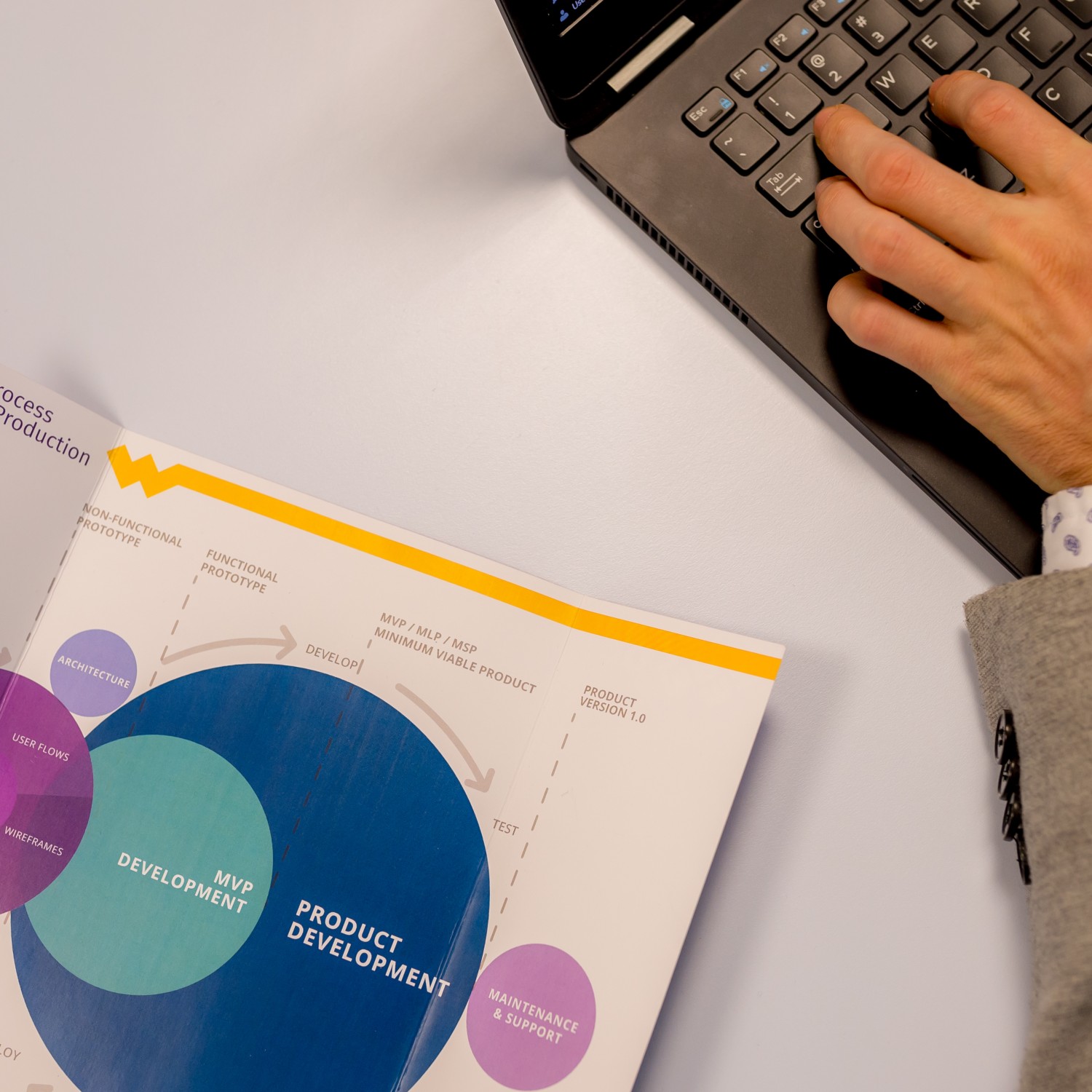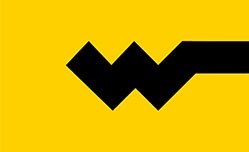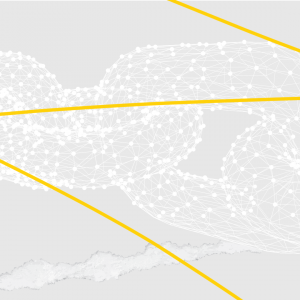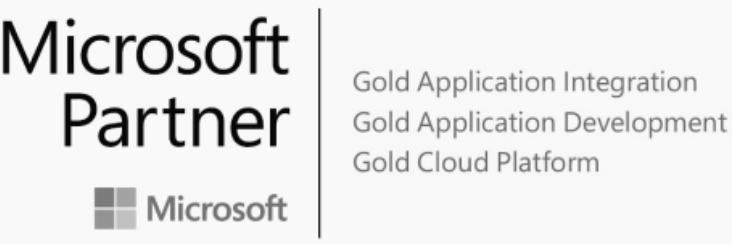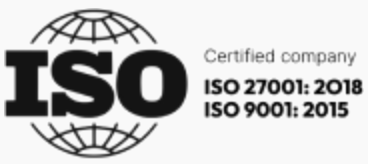Hello everybody,
Our team was present between 3rd–4th of October at IMWorld in Bucharest.
During the event, amongst the visitors, they spoke with a few of them about our end-to-end software development process. While having these conversations, they realized some important aspects of the current market trends:
‘’ We were surprised to find out how many business owners have difficulties in finding the right software partner for their businesses. When we showed them how we do UX/UI and the concept of Rapid Prototyping we even got replies like: It took me one year to find a company to offer something like that. This was again, besides the positive feedback that we had already received from our clients, a market validation about the value we bring through our digital UX process. ‘’
Among the key takeaways from the event we noticed that the combination of Agile Development and Lean Startup is something that is driving the market nowadays. Also, UX-UI Design stage seems to be the emerging trend and one of the most important steps in the web and mobile app development process.
‘’At RebelDot we already have a few years of experience in terms of introducing UX-UI Design as a first step in the development process. Our teams have worked on different types of projects and industry specifics and we already validated the effectiveness of our development methodologies.’’
How is the UX/UI step part of RebelDot’s end-to-end software development process?
When talking about our special end-to-end software development process, we are a technical partner that covers all services from: tech advisory, gathering specifications, risk assessment, architecture, UX-UI design to prototype, MVP or product development, quality assurance, maintenance and long-term support.
As you can see below, after the initial analysis and specifications gathering, we move directly to UX/UI Design.
Instead of writing hundreds of pages of technical specifications, most of our customers prefer to move into this design stage where they can visualize their future app. Moreover, they can provide their own feedback and also collect and bring in feedback from their future users/clients. At this stage, change is easy to embrace and everything is quick, cost effective and easily adaptable towards product-market fit.

RebelDot’s UX-UI Design process is following in general 5 steps:
1. User personas – define who your users are and what their main characteristics are.
2. User Flows – identify the processes and define, step by step, what the users’ journey through your future web or mobile app is.
3. Wireframes – start designing the screens for the most important steps of every user flow. Initially, they will be low fidelity but enough to help you identify the items you like and which you don’t. After a few iterations and feedback rounds we will reach the high-fidelity stage and you will be able to see exactly how the screens will look like.
4. Mockups – apply your branding elements and visual identity to the wireframes.
5. Prototype – build a prototype to share with potential users and gather feedback in order to validate product-market fit before proceeding to development.
The process described above is just a small part of how we work, but if you are interested in finding out more details, drop us a line at getintouch@rebeldot.com and we’ll offer you a dedicated demo.
